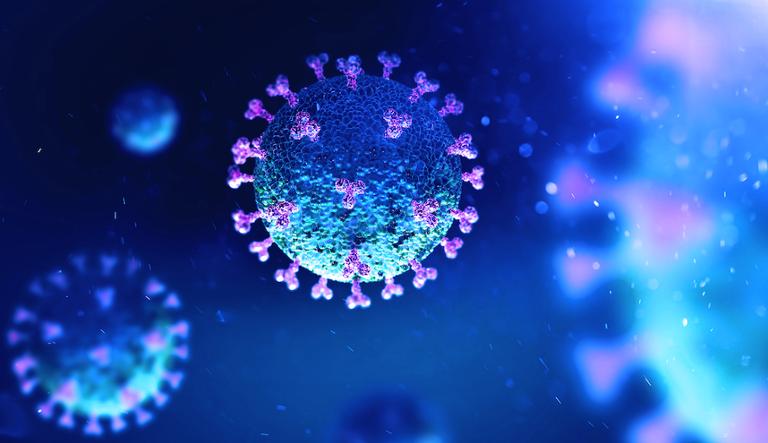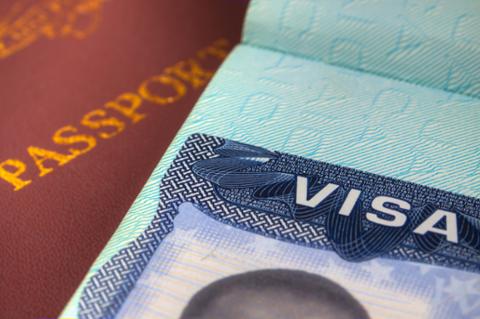
Looking back, it’s amazing how rapidly COVID-19 has swamped the world’s focus. People are self-quarantining in response to the virus; industries are grinding to a halt; and in tech, some startup founders are concerned they won’t have the cash levels to endure this crisis.
More and more technologists are working from home, especially in the Bay Area, where many citizens have been ordered to shelter in place. With everyone hunkered down, it’s worth taking a moment to see what the broader technology industry is doing about this crisis:
Alibaba
Alibaba co-founder Jack Ma plans on donating 500,000 coronavirus testing kits as well as 1 million face masks to the United States; he’s already invested at least $14.5 million in COVID-19 vaccine research (according to Business Insider):
The first shipment of masks and coronavirus test kits to the US is taking off from Shanghai. All the best to our friends in America. 🙏 pic.twitter.com/LTn26gvlOl
— Jack Ma (@JackMa) March 16, 2020
Sam Altman
Earlier this week, Sam Altman, the tech investor (and CEO of OpenAI), announced on his blog that he would begin funding startups and projects that focus on solving the COVID-19 problem. “It’s basically the one thing I know how to do that can help,” he said. Specifically, he wants to fund startups focused on sub-issues such as:
“Producing a lot of ventilators or masks/gowns very quickly. This will require a lot of repurposing and creativity but thankfully is an engineering problem not a scientific ones.
“Screening existing drugs for effectiveness.
“Novel approaches to vaccines (i.e., not doing what the big pharma companies are already doing).
“Novel therapeutics that the big pharma companies are unlikely to work on.”
Also, he added, “if anyone knows of a contract research company that can run a viral challenge against SARS-CoV-2 in a humanized ACE2 animal model, that would help a startup I’m working with. Please reach out!”
Amazon
Meanwhile, as Americans self-isolate in their homes, they’ll inevitably increase their rate of online delivery ordering. In order to handle that anticipated surge in demand, Amazon will hire another 100,000 employees, mostly warehouse workers. For those working in the company’s “fulfillment centers” (re: warehouses), stores, and delivery infrastructure, wages will increase by $2 an hour through April, according to the Wall Street Journal.
Last week, U.S. President Donald Trump announced that hundreds of Google engineers were hard at work on a website that would allow people to monitor potential COVID-19 symptoms and even find out treatment options. That was apparently news to Google, which has been working on a platform called Verily meant to help physicians in the San Francisco area track cases—but wasn’t meant to be a consumer product, much less one for national use.
Following Trump’s announcement, though, Google performed a quick pivot. Now they have something in the works, which Google CEO Sundar Pichai described in a blog posting as “a website dedicated to COVID-19 education, prevention, and local resources nationwide.” As he explained further:
“This includes best practices on prevention, links to authoritative information from the World Health Organization (WHO) and the Centers for Disease Control (CDC), and helpful tips and tools from Google for individuals, teachers and businesses. We’ll be rolling out an initial version of the website late Monday, March 16, and we’ll continue to enhance and update it with more resources on an ongoing basis.”
Although the site still hasn’t launched yet, Google is nonetheless providing helpful links to COVID-19 information on its homepage, on YouTube, and (if you’re trying to cancel your travel plans), its Google Flights page.
As for Verily, Pichai added that things are still under development. “Californians will be able to take an online COVID-19 screener survey through Verily’s Project Baseline, and those who meet eligibility and requirements for testing will be directed to mobile testing sites based on capacity,” he wrote in the posting. “While Verily is in the early stages of this pilot program, the plan is to expand to other locations over time.”
Microsoft
Microsoft has launched an interactive Bing map that aims to trace the spread of COVID-19. As you might expect, it breaks down infections and deaths by country; in the U.S., the breakdown is state-by-state. The data is pulled from the World Health Organization (WHO) and the U.S. Centers for Disease Control and Prevention (CDC), as well as other sources.
COVID-19 Open Research Dataset
If you’re interested in keeping abreast of COVID-19 research, researchers now have the COVID-19 Open Research Dataset (dubbed CORD-19) for your perusal. There are 24,000+ research papers in there (and rising), which includes not only information on COVID-19, but also viruses in the broader coronavirus group.
According to MIT Technology Review, the database is “also using state-of-the-art natural-language models like ELMo and BERT to map out the similarities between papers,” which is an interesting use of natural-language machine learning tools. “This map is now powering a new feature on Semantic Scholar that allows researchers to create a personalized research feed based on their interests.”
For more COVID-19 content, check out the COVID-19 Jobs Resource Center.

